Potentially toxic cyanobacteria blooming early in St. John River, expert says
When aquatic botanist Meghann Bruce did her usual spring visit to a hotbed of cyanobacteria production in the Fredericton area in May, she was surprised to see it was already in full bloom.
Normally, she wouldn't see those conditions until later in the summer.
"There were already mats washing up on shore as I arrived at the boat launch, and we already had a thick carpet-like bloom here that I normally wouldn't see for at least another month, if not six weeks," said Bruce, an aquatic botanist and research scientist with the Canadian Rivers Institute.
She suspects the early bloom was a product of an inconsequential spring snowmelt.
It's difficult to say what such an early bloom will mean for conditions this summer, Bruce said, because there are too many factors at play to make predictions.
WATCH | Hunting for the source of toxic bacteria:
It's also important to remember that the mere presence of cyanobacteria isn't cause for concern since they're commonly found in the environment, she said.
"Cyanobacteria are ubiquitous. You can find them in the soil. You can find them on rocks. They're on the bottom of your shoes. They're not hard to find. But if we see them growing, forming a carpet-like mat, especially in an area like this where we know it's a previously recorded toxin-production site, then we would call that a bloom."
The problem is that cyanobacteria can produce a neurotoxin called anatoxin-a, which is also known as blue-green algae — although Bruce doesn't like to use the term because cyanobacteria can also be sewage brown or bright yellow.
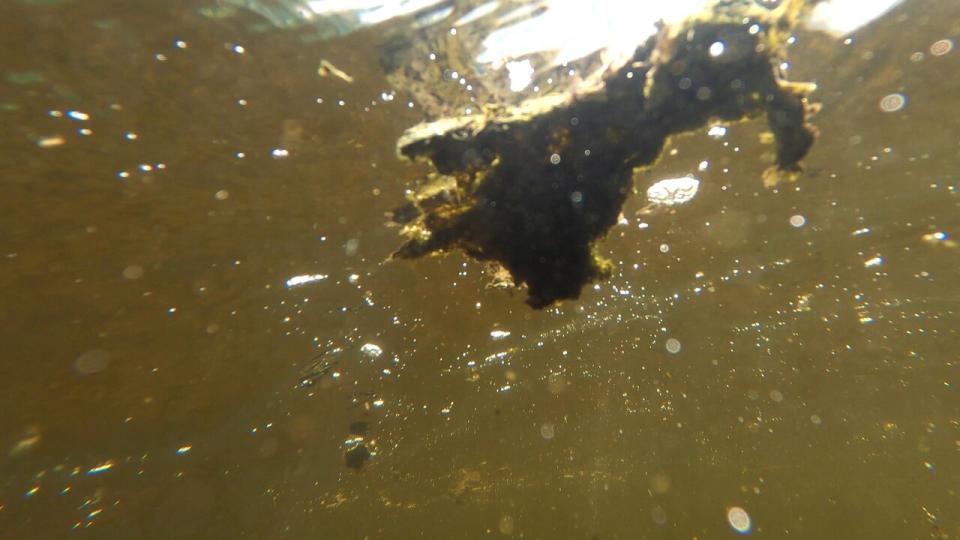
Cyanobacteria usually form on the bottom of waterways and clump together to form surface blooms or benthic mats. Surface blooms can look like scum, foam or paint streaks, while benthic mats are clumps of brown or dark green vegetation.
As the mats mature, they become buoyant and float to the surface, where they can be carried by the water for several kilometres.
While broken pieces of the mat often resemble sewage, dogs are attracted to it. The toxins it contains can cause skin irritation and ingesting them can be lethal.
In 2018, three dogs died as a result cyanobacteria after swimming in the St. John River in the Fredericton area.

Another dog died in the same area in 2019 within minutes of coming ashore.
All the dogs died after swimming In the St. John River below the Mactaquac Dam.
Bruce said one of the worst sources of cyanobacteria is a bit upriver from where the dogs died, near Eqpahak Island.
It's not exactly what one would expect of a hotbed of bacterial production, said Bruce. Rather than stagnant, swampy conditions, it's a rocky riverbed with fast-moving water constantly washing over it.
"We don't know why it's growing here and, for instance, not 200 metres downstream, which seems like a very similar habitat, " she said.
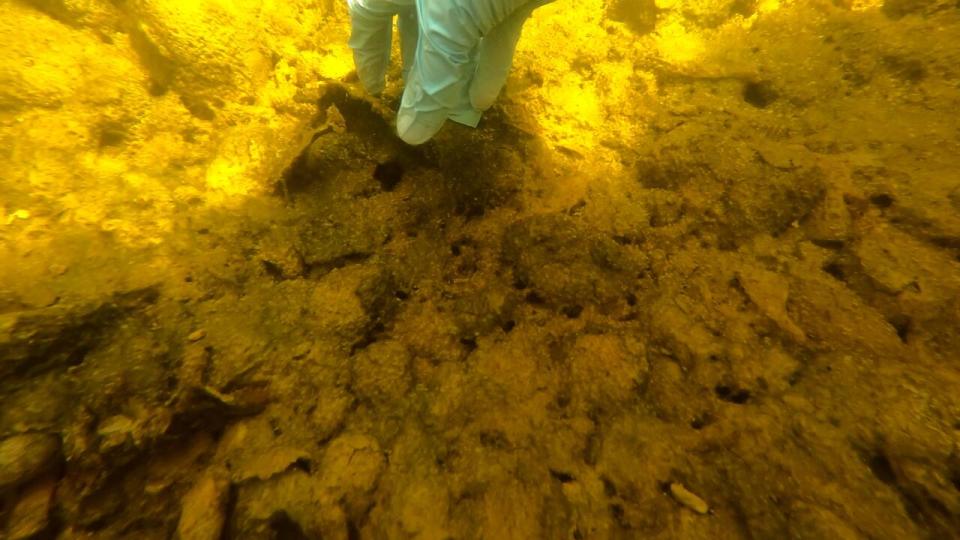
Bruce tests samples from several sites along the river each week, since the size of the bloom doesn't indicate its toxicity level.
She sends her results to the Department of Health, which issues advisories when toxicity levels are a concern.
Affected waterways are also added to a list of areas that have tested positive in the past.
Once added to the list, said Bruce, "it never comes off because it means that system is always capable and there is no amount of monitoring that can guarantee whether or not something is toxic at a given time.
"Even if I was out here every day and I detected no toxins, by the end of the day that could change."
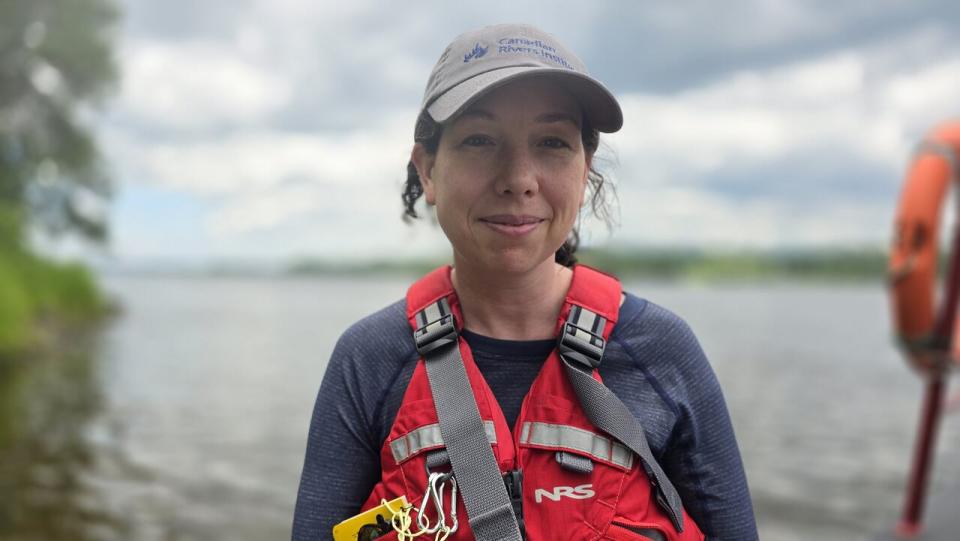
According to Public Health, once an advisory is issued, it remains in place indefinitely, even if no further blooms are detected because if it happened once, it can happen again, according to the Public Health website.
The toxins can also remain in the water for several weeks after the blooms are no longer visible.
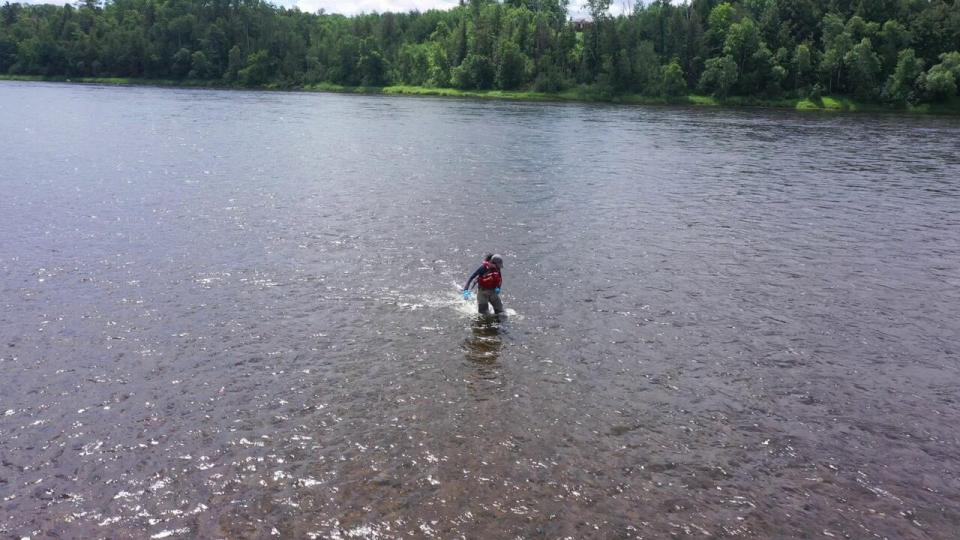
The unpredictability also makes it difficult to say why four dogs died in 2018 and 2019, but none are reported to have died since.
Bruce, however, says she expects it has something to do with public awareness of the dangers of cyanobacteria, since there was nothing particularly unique about those years.
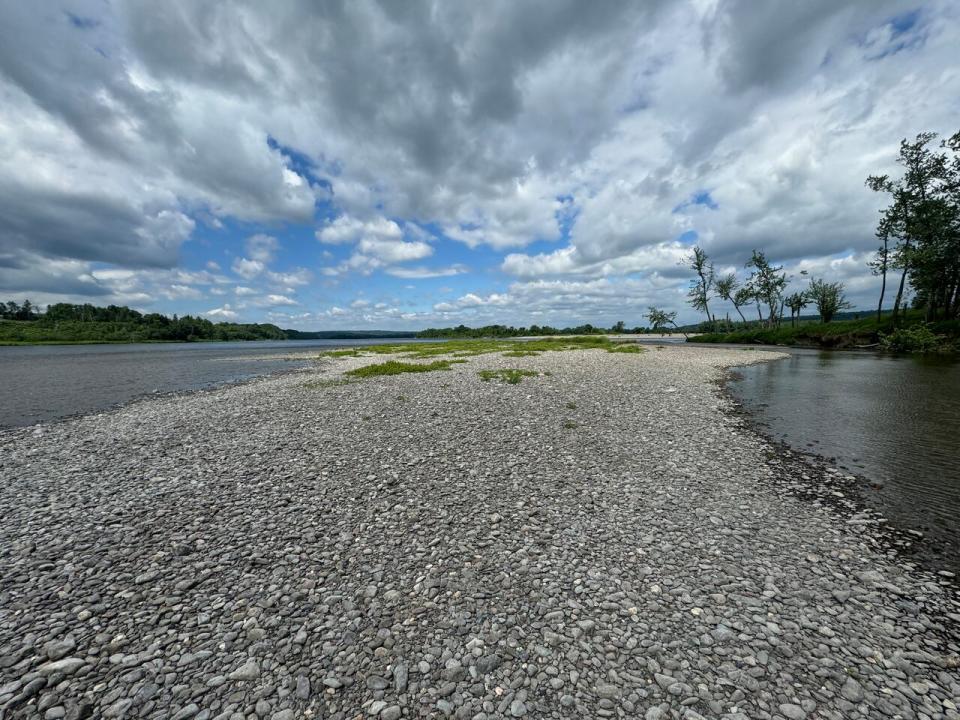
While Bruce wants people to be aware of the potential danger of toxic blooms, she doesn't want it to keep people from enjoying the river system.
"In nature, toxins and danger are all around us," she said. "So it's just a matter of being aware of the risks and engaging in safe behaviours. For instance, I don't walk into the woods and start eating plants that I don't know what they are, so I apply the same precautions to the river."


